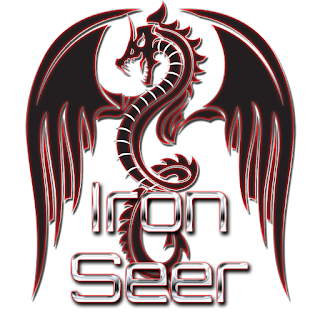 |
| *Updated 7/1/18* |
After playing for quite some time now, I've actually changed my mind. It's mostly now unnecessary. The wiki went off the rails pretty quick, so I've decided to lean back on the core.
Instead of having players wonder what's what and where's where, I decided to create and maintain this master list of 5e character options here for ease of reference. I will probably create and maintain a master list like this for each edition as we progress, due to the amount of dead bodies that pile up in dungeons (especially the musty, creepy old ones).
To further aid in character creation, I recommend you check out Zero Hitpoint's cool character creation checklist.
List of Sources
- Player's Handbook (PHB)
- Dungeon Master's Guide (DMG)
- Sword Coast Adventurer's Guide (SCAG)
- Elemental Evil Player's Guide (EE)
- Volo's Guide to Monsters (VG)
- Xanathar's Guide to Everything (XG)
- Unearthed Arcana (UA)
- Tortle Package (TP)
- One Grung Above (OGA)
List of Races
Races marked in THIS color are new player friendly!- Aarakocra (EE)
- Aasimar
- Protector Aasimar (DMG/VG)
- Scourge Aasimar (DMG/VG)
- Fallen Aasimar (DMG/VG)
- Bugbear (VG)
- Dragonborn (PHB)
- Dwarf
- Hill Dwarf (PHB)
- Mountain Dwarf (PHB)
- Gray Dwarf (SCAG)
- Elf
- High Elf (PHB)
- Wood Elf (PHB)
- Dark Elf (PHB)
- Eladrin (DMG)
- Firbolg (VGM)
- Genasi
- Air Genasi (EE)
- Earth Genasi (EE)
- Fire Genasi (EE)
- Water Genasi (EE)
- Gnome
- Forest Gnome (PHB)
- Rock Gnome (PHB)
- Deep Gnome (EE)
- Goblin (VG)
- Goliath (EE)
- Grung (OGA)
- Half-Elf
- Half-Elf (PHB)
- Half-Wood Elf (SCAG)
- Half-Sun or Half-Moon Elf (SCAG)
- Half-Dark Elf (SCAG)
- Half-Aquatic Elf (SCAG)
- Half-Orc (PHB)
- Halfling
- Lightfoot Halfing (PHB)
- Stout Halfing (PHB)
- Ghostwise Halfing (SCAG)
- Hobgoblin (VG)
- Human
- Human (PHB)
- Variant Human (PHB)
- Kenku (VG)
- Kobold (VG)
- Lizardfolk (VG)
- Orc (VG)
- Tabaxi (VG)
- Tiefling
- Tiefling (PHB)
- Feral Tiefling (SCAG)
- Devil’s Tongue Tiefling (SCAG)
- Winged Tiefling (SCAG)
- Hellfre Tiefling (SCAG)
- Tortle (TP/XG)
- Triton (VG)
- Yuan-Ti Pureblood (VG)
List of Classes
- Barbarian
- Path of the Berserker (PHB)
- Path of the Totem Warrior (PHB)
- Path of the Battlerager (SCAG)
- Path of the Ancestral Guardian (XG)
- Path of the Storm Herald (XG)
- Path of the Zealot (XG)
- Bard
- College of Lore (PHB)
- College of Valor (PHB)
- College of Glamour (XG)
- College of Swords (XG)
- College of Whispers (XG)
- Cleric
- Knowledge Domain (PHB)
- Life Domain (PHB)
- Light Domain (PHB)
- Nature Domain (PHB)
- Tempest Domain (PHB)
- Trickery Domain (PHB)
- War Domain (PHB)
- Death Domain (DMG)
- Arcana Domain (SCAG)
- Forge Domain (XG)
- Grave Domain (XG)
- Druid
- Circle or the Land (PHB)
- Circle of the Moon (PHB)
- Circle of Dreams (XG)
- Circle of the Shepard (XG)
- Fighter
- Champion (PHB)
- Battle Mastermind (PHB)
- Eldritch Knight (PHB)
- Purple Dragon Knight (SCAG)
- Arcane Archer (XG)
- Cavalier (XG)
- Samurai (XG)
- Monk
- Way of the Open Hand (PHB)
- Way of Shadow (PHB)
- Way of the Four Elements (PHB)
- Way of the Long Death (SCAG)
- Way of the Sun Soul (SCAG/XG)
- Way of the Drunken Master (XG)
- Way of the Kensei (XG)
- Paladin
- Oath of Devotion (PHB)
- Oath of the Ancients (PHB)
- Oath of Vengeance (PHB)
- Oathbreaker (DMG)
- Oath of the Crown (SCAG)
- Oath of Conquest (XG)
- Oath of Redemption (XG)
- Ranger
- Hunter (PHB)
- Beast Master (PHB)
- Gloom Stalker (XG)
- Horizon Walker (XG)
- Monster Slayer (XG)
- Rogue
- Thief (PHB)
- Assassin (PHB)
- Arcane Trickster (PHB)
- Mastermind (SCAG/XG)
- Swashbuckler (SCAG/XG)
- Inquisitive (XG)
- Scout (XG)
- Sorcerer
- Draconic Bloodline (PHB)
- Wild Magic (PHB)
- Storm Sorcery (SCAG/XG)
- Divine Soul (XG)
- Shadow Magic (XG)
- Favored Soul (UA)
- Phoenix Sorcery (UA)
- Sea Sorcery (UA)
- Stone Sorcery (UA)
- Warlock
- The Archfey (PHB)
- The Fiend (PHB)
- The Great Old One (PHB)
- The Undying (SCAG)
- The Celestial (XG)
- The Hexblade (XG)
- Wizard
- School of Abjuration (PHB)
- School of Conjuration (PHB)
- School of Divination (PHB)
- School of Enchantment (PHB)
- School of Evocation (PHB)
- School of Illusion (PHB)
- School of Necromancy (PHB)
- School of Transmutation (PHB)
- Bladesinging (SCAG)
- War Magic (XG)
- Guild Artisan (PHB)
- Gladiator (Entertainer) (PHB)
- Hermit (PHB)
- Guild Merchant (PHB)
- Entertainer (PHB)
- Folk Hero (PHB)
- Acolyte (PHB)
- Charlatan (PHB)
- Criminal/Spy (PHB)
- Outlander (PHB)
- Noble (PHB)
- Knight (Noble) (PHB)
- Sage (PHB)
- Soldier (PHB)
- Sailor/Pirate (PHB)
- Urchin (PHB)
- Far Traveler (SCAG)
- Faction Agent (SCAG)
- Cloistered Scholar (SCAG)
- Clan Crafter (SCAG)
- City Watch (SCAG)
- Courtier (SCAG)
- Knight of the Order (SCAG)
- Mercenary Veteran (SCAG)
- Inheritor (SCAG)
- Investigator (SCAG)
- Urban Bounty Hunter (SCAG)
- Uthgardt Tribe Member (SCAG)
- Waterdhavian Noble (SCAG)


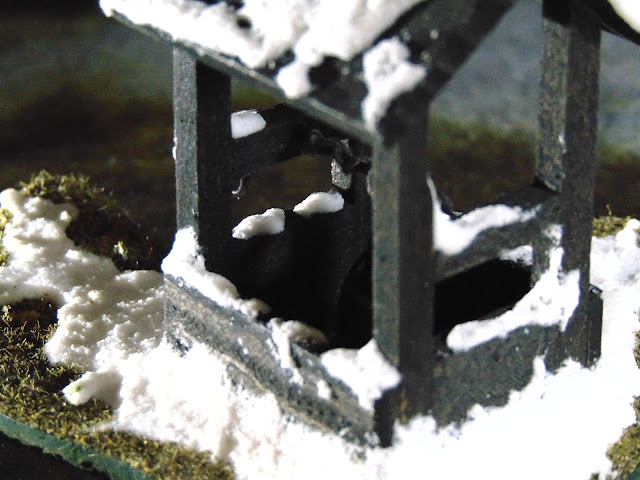
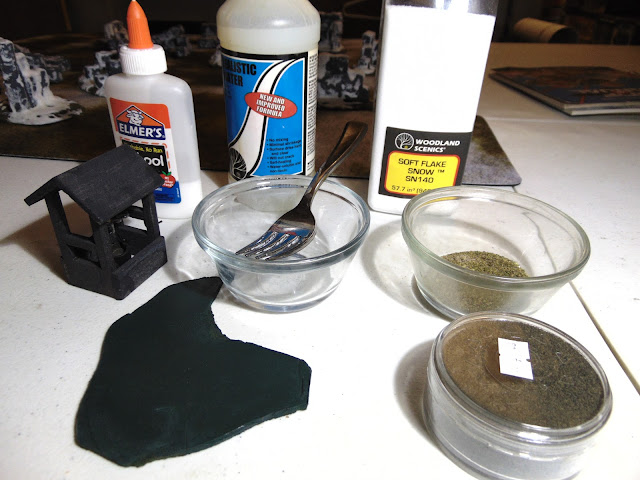
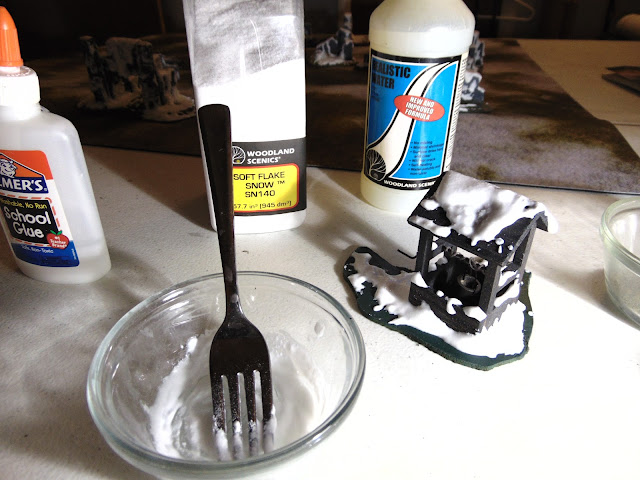
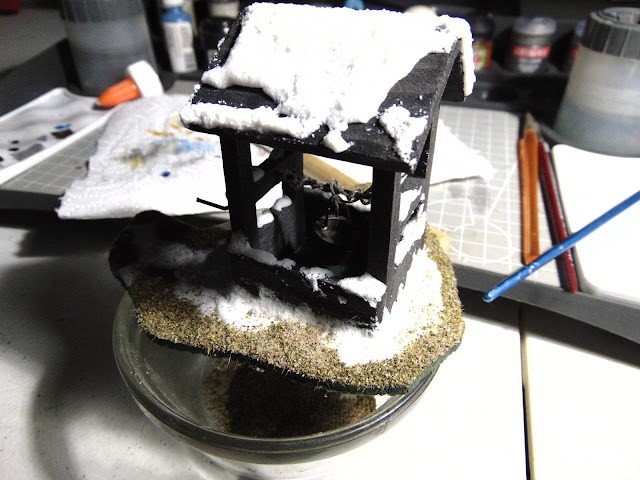



![Bothawui [800x800]](https://blogger.googleusercontent.com/img/b/R29vZ2xl/AVvXsEgb4sEHTpnEDX3UYjSBAqCmGE4AcKLyIekoKMgOWKMRr2uyJ6FDZ_kpx_NwKc7g7NtHPC8IhHgrBsuqJJM9zYX4TffPg4kUsy0s86rQmIbzoU8JuU0kCUu2FOddozTH9PT_pX3w-K4S3ciN/s640/Bothawui+%255B800x800%255D.png)





